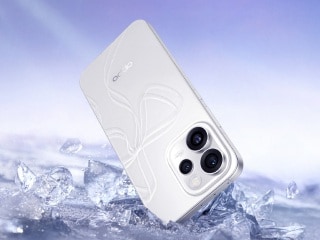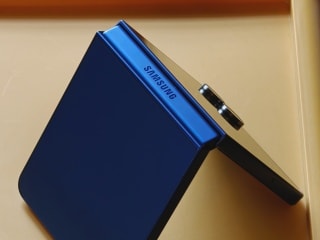- Home
- Science
- Science News
- Researchers Develop Next Gen Nano Switches to Reduce Heat Loss in Devices
Researchers Develop Next-Gen Nano Switches to Reduce Heat Loss in Devices
Nanoengineered exciton-based switches cut heat loss in electronics by 66%, boosting efficiency

Photo Credit: ACS Nano (2025)
Nanoengineered exciton switches cut heat loss by 66%, advancing efficient electronics
Scientists developed a Nanoengineered Switch That Reduces Heat Loss Of Modern Electronics By Modifying an unusual material. Scientists have created a revolutionary nanoengineered switch that not only reduces the power loss but also acts as a radical thermal mismatch between the substrate and the adsorber. Instead, the device—which is still a proof-of-principle model—takes advantage of excitons, or neutral particles composed of bound electrons and holes (the absence of an electron), to convey information. By obviating electrical resistance and the heat it causes, the technology ultimately demonstrated a 66% decrease in losses whilst behaving similarly to existing electronic switches, pointing toward next-generation gadgets that are cooler and more effective.
Michigan Researchers Build Nanoengineered Exciton Switch to Slash Heat Loss
According to the study published in ACS Nano, the team from the University of Michigan created a nanoengineered optoexcitonic (NEO) switch. However, the application of such a device is limited because of its poor functionality. The device controls the neutral excitons with a tungsten diselenide monolayer on a funnel-silicon dioxide nanoridge.
The device is a response to the resistance in electronics, which dissipates useful energy as waste heat and causes devices like laptops and phones to warm up. Excitons, being uncharged, are impervious to such resistance.
The nanoridge design allows light to be incident and interact with excitons at all rates and times, so that it really is a switch.
Investigators have shown how the structure of a material exhibiting exciton mobility can be a driving factor for creating novel systems to solve some of the current limitations of single-exciton devices.
Get your daily dose of tech news, reviews, and insights, in under 80 characters on Gadgets 360 Turbo. Connect with fellow tech lovers on our Forum. Follow us on X, Facebook, WhatsApp, Threads and Google News for instant updates. Catch all the action on our YouTube channel.
- Samsung Galaxy Unpacked 2025
- ChatGPT
- Redmi Note 14 Pro+
- iPhone 16
- Apple Vision Pro
- Oneplus 12
- OnePlus Nord CE 3 Lite 5G
- iPhone 13
- Xiaomi 14 Pro
- Oppo Find N3
- Tecno Spark Go (2023)
- Realme V30
- Best Phones Under 25000
- Samsung Galaxy S24 Series
- Cryptocurrency
- iQoo 12
- Samsung Galaxy S24 Ultra
- Giottus
- Samsung Galaxy Z Flip 5
- Apple 'Scary Fast'
- Housefull 5
- GoPro Hero 12 Black Review
- Invincible Season 2
- JioGlass
- HD Ready TV
- Laptop Under 50000
- Smartwatch Under 10000
- Latest Mobile Phones
- Compare Phones
- OnePlus 15R
- Realme Narzo 90x 5G
- Realme Narzo 90 5G
- Vivo S50 Pro Mini
- Vivo S50
- OPPO Reno 15c
- Redmi Note 15 5G
- Redmi Note 15 Pro 5G
- Asus ProArt P16
- MacBook Pro 14-inch (M5, 2025)
- Infinix Xpad Edge
- OnePlus Pad Go 2
- OnePlus Watch Lite
- Just Corseca Skywatch Pro
- Acerpure Nitro Z Series 100-inch QLED TV
- Samsung 43 Inch LED Ultra HD (4K) Smart TV (UA43UE81AFULXL)
- Asus ROG Ally
- Nintendo Switch Lite
- Haier 1.6 Ton 5 Star Inverter Split AC (HSU19G-MZAID5BN-INV)
- Haier 1.6 Ton 5 Star Inverter Split AC (HSU19G-MZAIM5BN-INV)












